Monira Islam
Multivariate Empirical Mode Decomposition of EEG for Mental State Detection at Localized Brain Lobes
Jun 02, 2022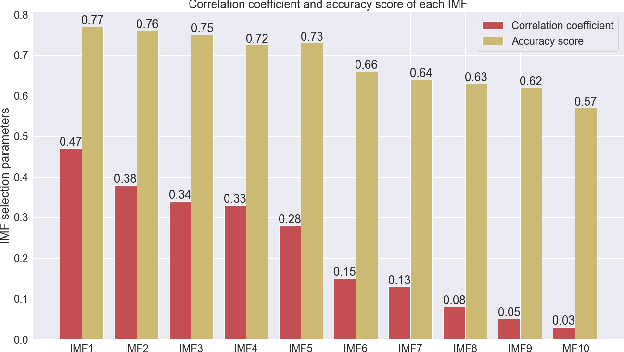
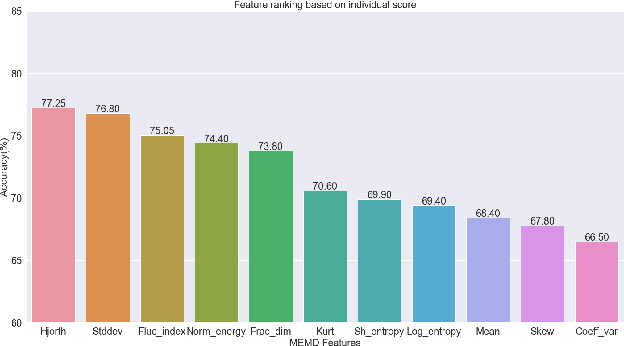

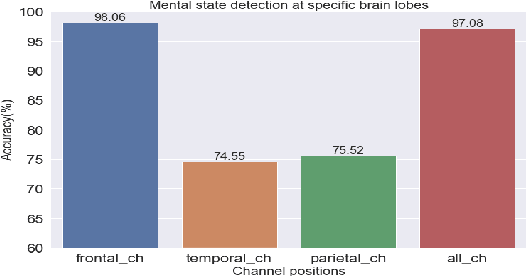
Abstract:In this study, the Multivariate Empirical Mode Decomposition (MEMD) approach is applied to extract features from multi-channel EEG signals for mental state classification. MEMD is a data-adaptive analysis approach which is suitable particularly for multi-dimensional non-linear signals like EEG. Applying MEMD results in a set of oscillatory modes called intrinsic mode functions (IMFs). As the decomposition process is data-dependent, the IMFs vary in accordance with signal variation caused by functional brain activity. Among the extracted IMFs, it is found that those corresponding to high-oscillation modes are most useful for detecting different mental states. Non-linear features are computed from the IMFs that contribute most to mental state detection. These MEMD features show a significant performance gain over the conventional tempo-spectral features obtained by Fourier transform and Wavelet transform. The dominance of specific brain region is observed by analysing the MEMD features extracted from associated EEG channels. The frontal region is found to be most significant with a classification accuracy of 98.06%. This multi-dimensional decomposition approach upholds joint channel properties and produces most discriminative features for EEG based mental state detection.
MEMD-HHT based Emotion Detection from EEG using 3D CNN
Jun 02, 2022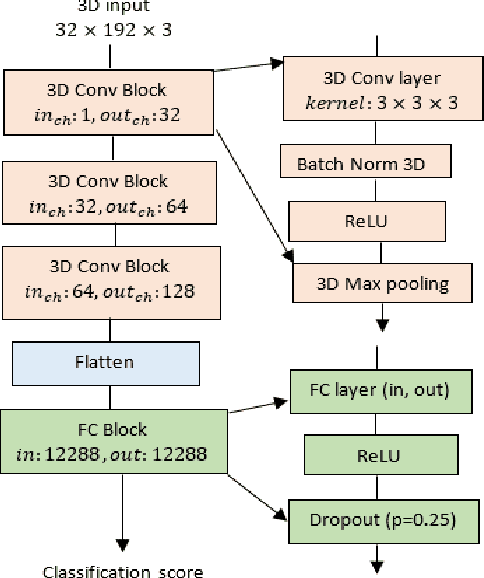


Abstract:In this study, the Multivariate Empirical Mode Decomposition (MEMD) is applied to multichannel EEG to obtain scale-aligned intrinsic mode functions (IMFs) as input features for emotion detection. The IMFs capture local signal variation related to emotion changes. Among the extracted IMFs, the high oscillatory ones are found to be significant for the intended task. The Marginal Hilbert spectrum (MHS) is computed from the selected IMFs. A 3D convolutional neural network (CNN) is adopted to perform emotion detection with spatial-temporal-spectral feature representations that are constructed by stacking the multi-channel MHS over consecutive signal segments. The proposed approach is evaluated on the publicly available DEAP database. On binary classification of valence and arousal level (high versus low), the attained accuracies are 89.25% and 86.23% respectively, which significantly outperform previously reported systems with 2D CNN and/or conventional temporal and spectral features.
EEG based stress analysis using rhythm specific spectral feature for video gameplay
Sep 27, 2021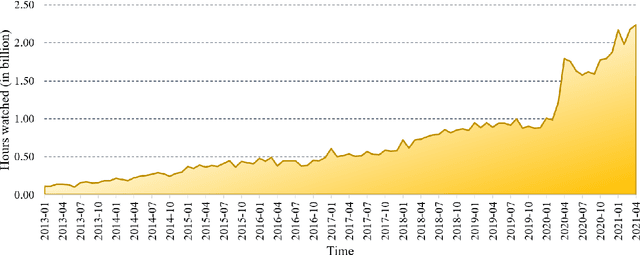
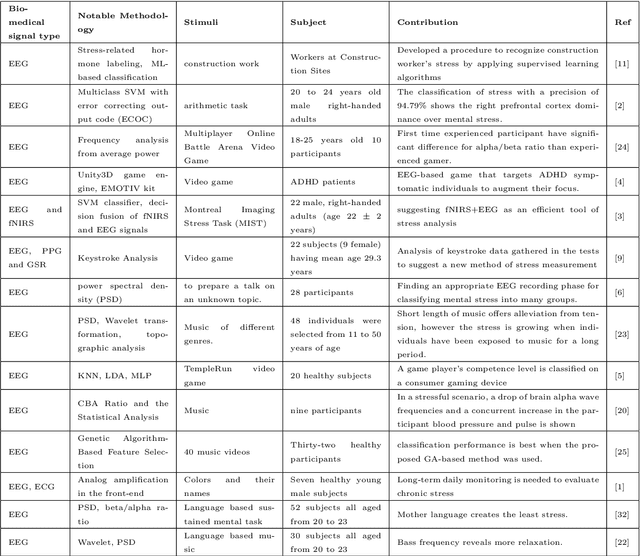
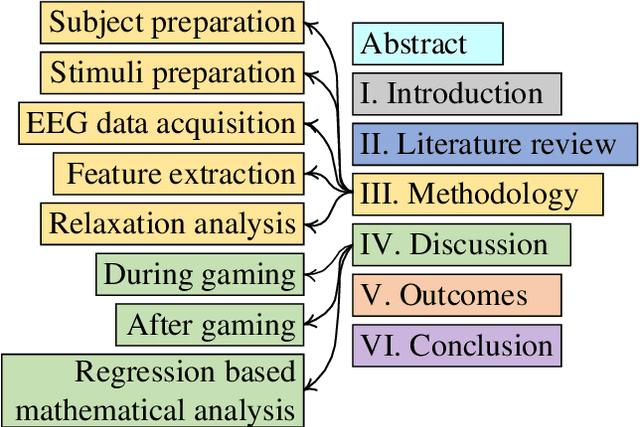
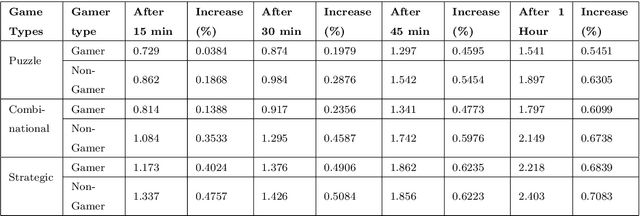
Abstract:For the emerging significance of mental stress, various research directives have been established over time to better understand the causes of stress and how to deal with it. In recent years, the rise of video gameplay is unprecedented, further triggered by the lockdown imposed due to the COVID-19 pandemic. This paper presents an end-to-end stress analysis for video gaming stimuli using EEG. The PSD value of the Alpha and Beta bands is computed to calculate the Beta-to-Alpha ratio (BAR). In this article, BAR is used to denote mental stress. Subjects are chosen based on various factors such as gender, gameplay experience, age, and BMI. EEG is recorded using Scan SynAmps2 Express equipment. There are three types of video gameplay: strategic, puzzle, and combinational. Relaxation is accomplished in this study by the use of music of various pitches. Two types of regression analysis are done to mathematically model stress and relaxation curve. Brain topography is rendered to indicate the stressed and relaxed region of the brain. In the relaxed state, the subjects have BAR 0.701, which is considered the baseline value. Non-gamer subjects have an average BAR of 2.403 for 1 hour of strategic video gameplay, whereas gamers have 2.218 BAR concurrently. After 12 minutes of listening to low-pitch music, gamers achieved 0.709 BAR, which is nearly the baseline value. In comparison to Quartic regression, the 4PL symmetrical sigmoid function performs regression analysis with fewer parameters and computational power.
 Add to Chrome
Add to Chrome Add to Firefox
Add to Firefox Add to Edge
Add to Edge